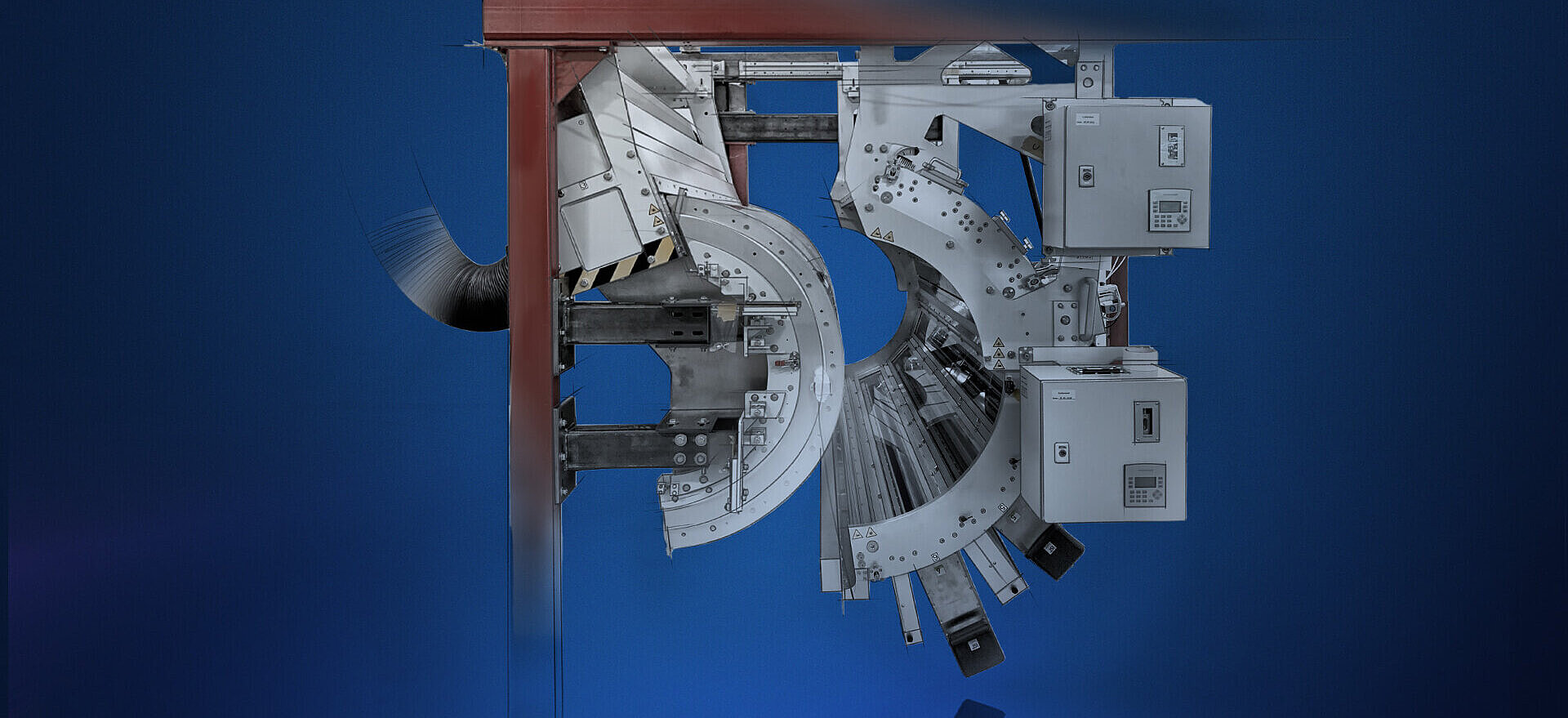
Impresión en bobina
Máxima calidad de impresión para aplicaciones rotativas
El curado UV (secado UV) utiliza luz ultravioleta para curar en cuestión de segundos tintas de impresión y barnices sobre sustratos de gran superficie, como envases flexibles, etiquetas y textiles. En comparación con los procesos de secado convencionales, la luz UV reduce significativamente el tiempo de secado y permite así aumentar considerablemente la velocidad de producción. Incluso a altas velocidades de impresión, los resultados siempre son brillantes y de alta calidad.
El curado inmediato de la tinta o el barniz mediante luz UV permite el procesamiento posterior inmediato, lo que garantiza la máxima eficiencia en el proceso de producción. Los sistemas UV no sólo garantizan una excelente calidad del color y durabilidad, sino que también minimizan el tiempo de secado.
El curado UV por LED, en particular, se ha consolidado como una alternativa ecológica y potente a las lámparas convencionales de vapor de mercurio. Los sistemas UV LED ofrecen una mayor eficiencia energética, generan menos calor y tienen una vida útil más larga, lo que reduce los costes de mantenimiento. Además, los sistemas UV LED no contienen mercurio ni producen emisiones de ozono, lo que es bueno para el medio ambiente. En consecuencia, cada vez se opta más por la impresión sobre rodillo con curado UV LED por su eficiencia y sostenibilidad.
Con los sistemas UV y LED UV especialmente desarrollados para aplicaciones en bobina, puede aumentar la eficacia y la calidad de su proceso de producción, y confiar en una tecnología que cumple los más altos estándares de sostenibilidad y rendimiento.
El proceso de curado UV es una piedra angular en diversas industrias, especialmente en la impresión, los revestimientos y los tratamientos de superficies. Sin embargo, los fotoiniciadores tradicionales están llegando a sus límites, especialmente en el sector del envasado de alimentos, ya que su potencial de olor y migración limita su uso.
Aquí es donde la innovadora tecnología FREEcure marca nuevas pautas. Ya se ha aplicado con éxito en la industria, por ejemplo en el sector de la impresión, donde se han polimerizado tintas offset y flexo sin iniciadores o con iniciadores reducidos a velocidades impresionantes de hasta 200 metros por minuto.
Al utilizar las intensidades más altas a 212 nm, los dobles enlaces de acrilato se activan directamente, lo que da como resultado un curado extremadamente eficaz. Al no requerir fotoiniciadores, el sistema reduce significativamente los riesgos de olores y migración, por lo que resulta ideal para aplicaciones sensibles.
Además, la tecnología FREEcure cumple las normativas medioambientales más estrictas, al tiempo que establece nuevos estándares en términos de eficiencia energética y de costes. Descubra las ventajas de la tecnología FREEcure: para unos procesos de producción más seguros, ecológicos y rentables.
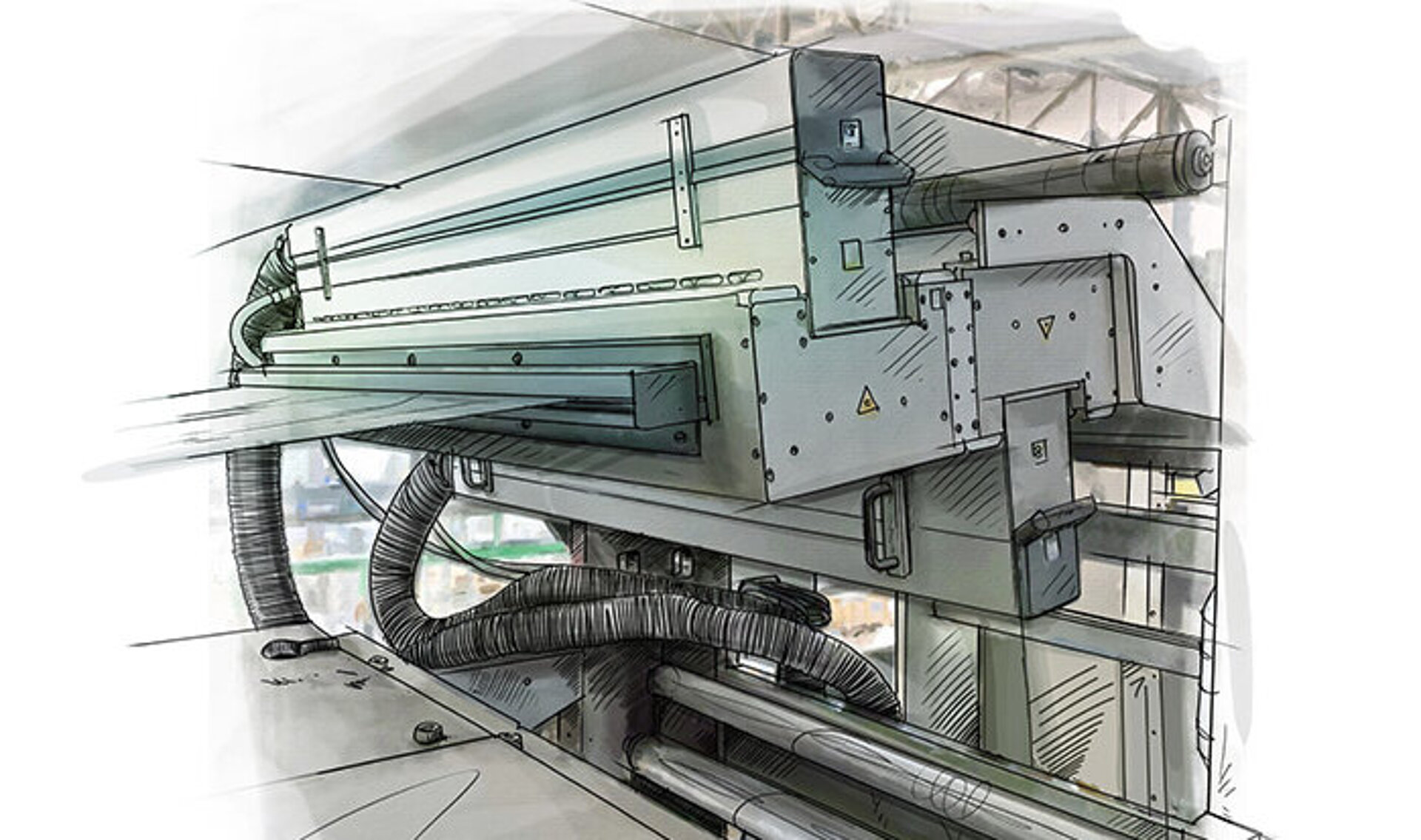
La impresión comercial hace referencia al proceso de impresión de materiales promocionales como folletos, octavillas y catálogos con fines comerciales. El curado UV es ideal para la impresión comercial, ya que permite un curado rápido de la tinta, lo que mejora la calidad de impresión y reduce los tiempos de producción. La tecnología de curado UV es especialmente adecuada para la impresión multicolor húmedo sobre húmedo, ya que permite un curado preciso y rápido sin manchas ni borrones. El curado UV también ofrece flexibilidad en la elección de la fuente de curado, ya sea una lámpara UV clásica, una UV LED o una solución híbrida, cada una de las cuales ofrece sus propias ventajas en términos de eficiencia y consumo de energía.
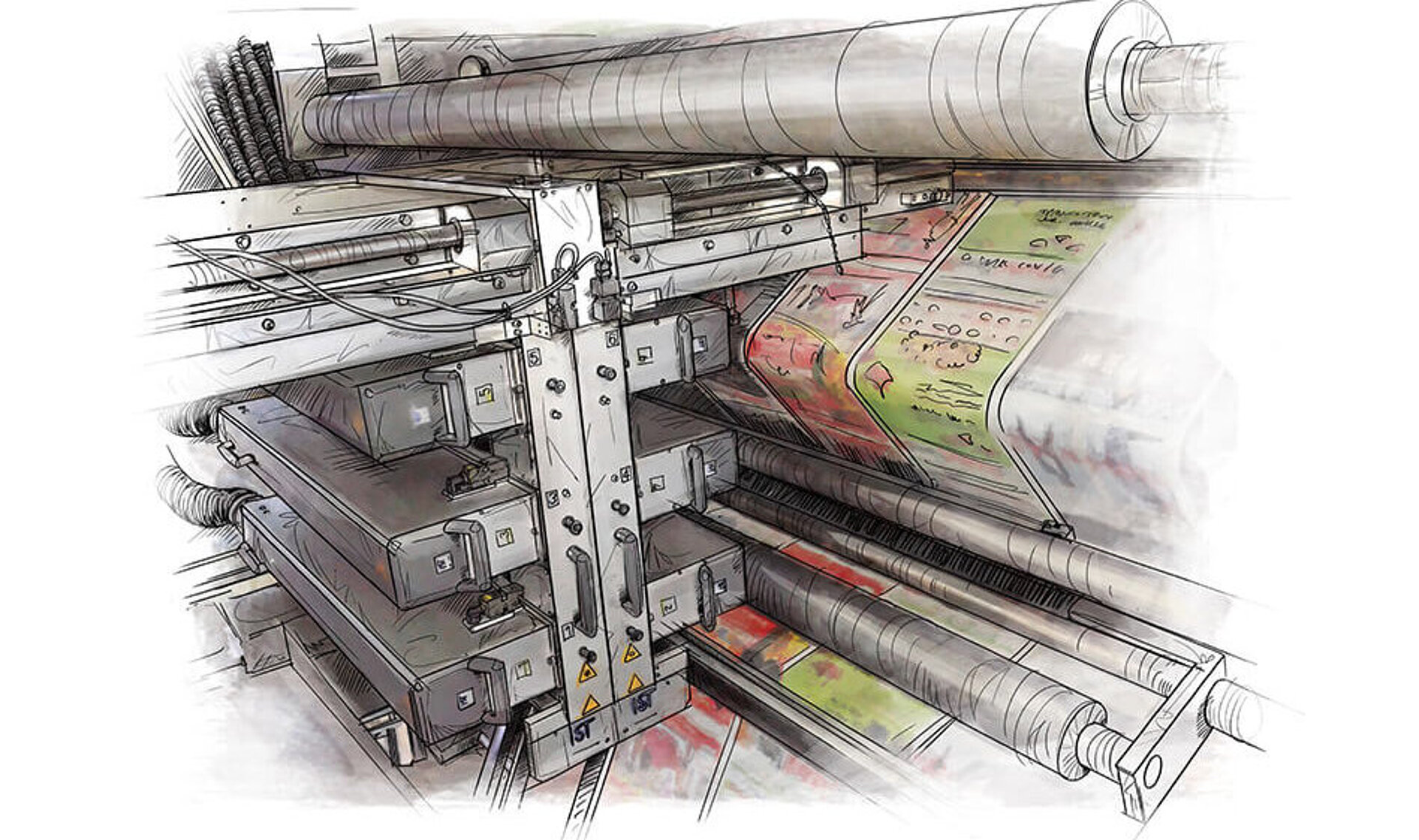
La impresión de periódicos es un proceso de impresión especializado utilizado para la producción masiva de periódicos, centrado en velocidades de impresión rápidas y una producción rentable. En combinación con la impresión UV, los papeles estucados pueden utilizarse en rotativas coldset, lo que permite a los impresores de periódicos producir productos comerciales.
Artículo «Nuevas oportunidades para coldset» en Deutscher Drucker
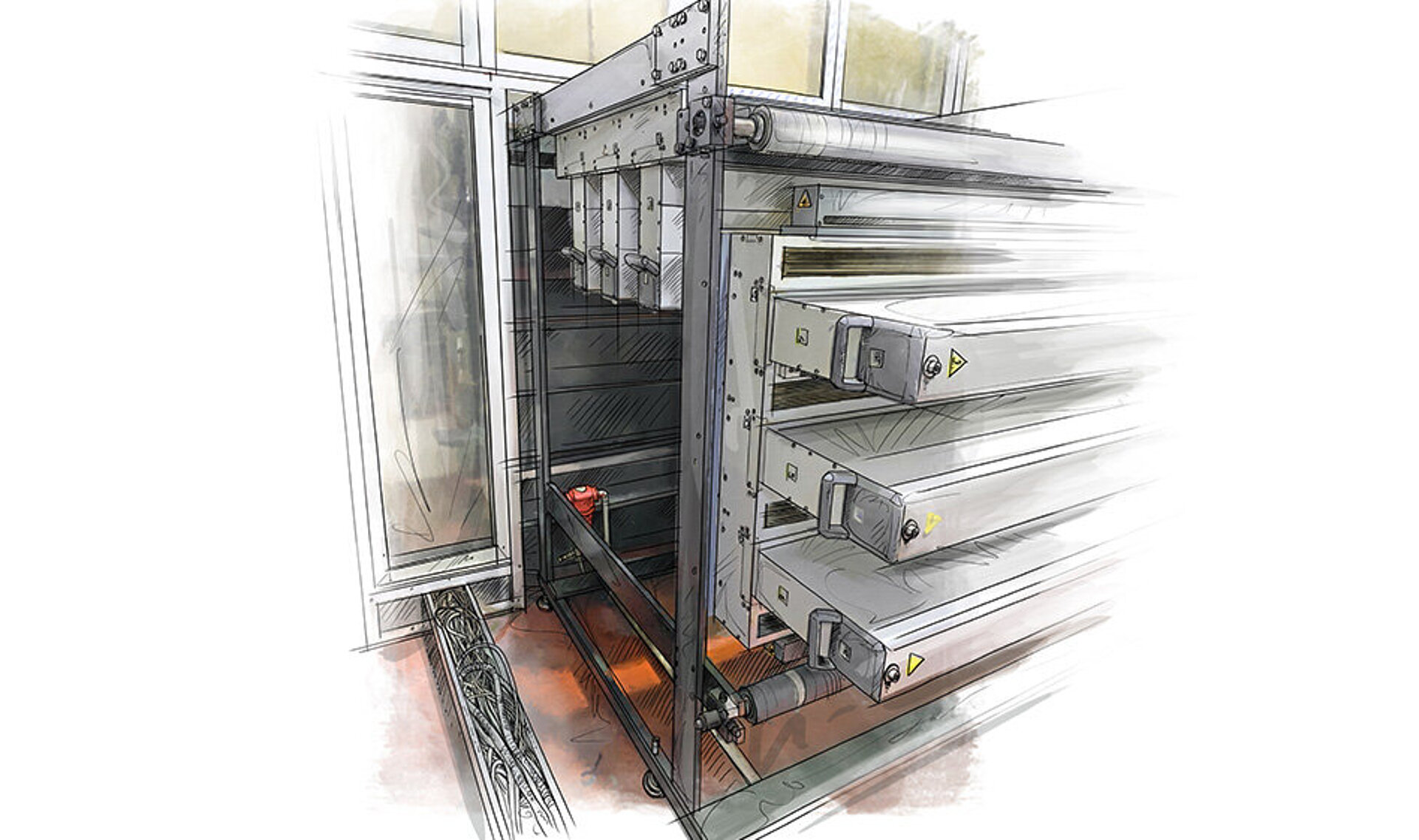
La impresión heatset es un proceso en el que la tinta se seca utilizando calor para permitir tiempos de secado más rápidos y una mejor adherencia a superficies lisas como el papel brillante. En la industria de la impresión heatset, el curado UV es especialmente útil como sustituto del curado convencional con gas, ya que reduce las emisiones y mejora la calidad de impresión.
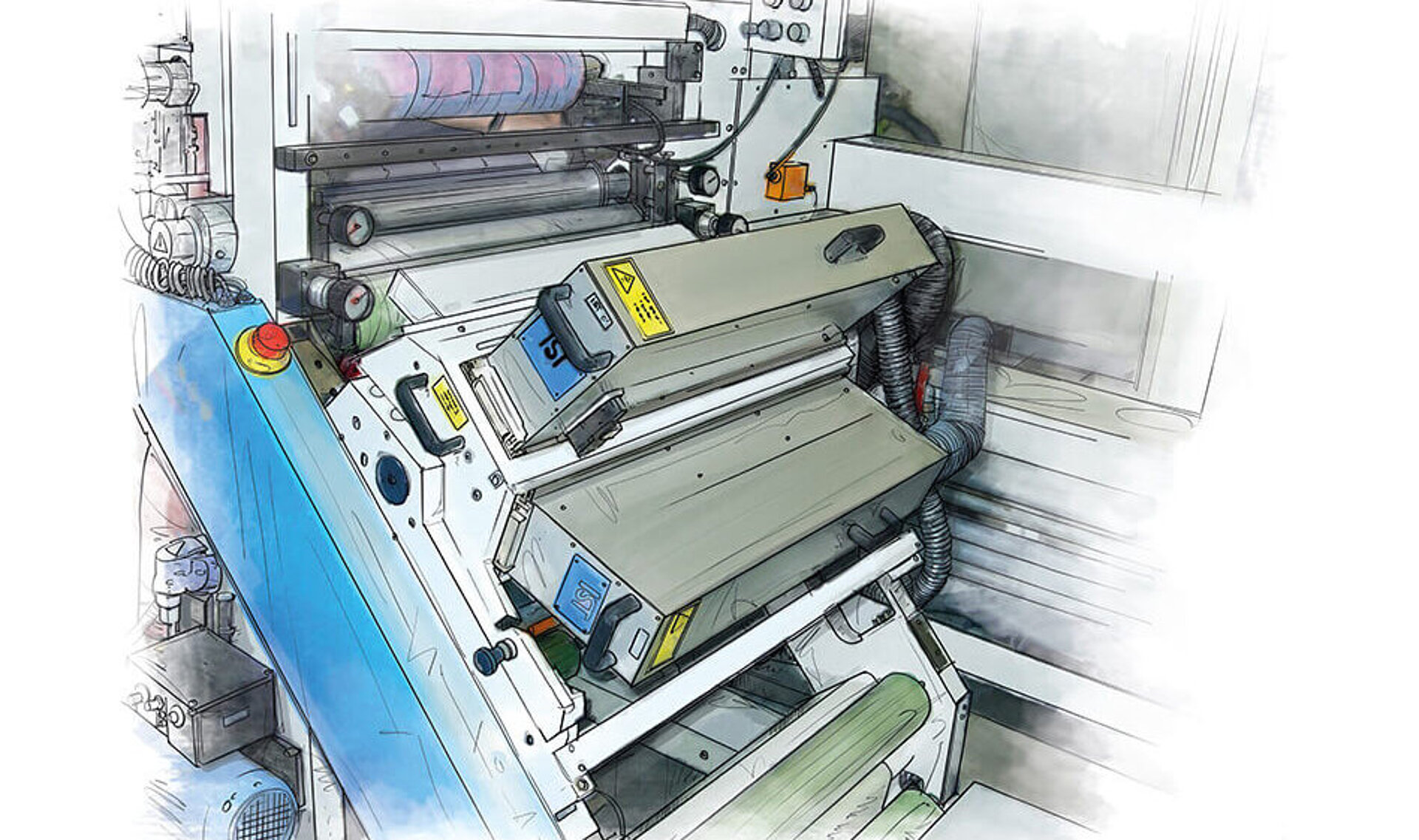
El envasado de líquidos se refiere a envases específicamente diseñados para el almacenamiento y transporte de líquidos como bebidas, salsas o detergentes. El curado UV es una tecnología ideal para el envasado de líquidos, ya que permite el curado inmediato de la tinta y, por tanto, reduce el tiempo de producción, lo que resulta crucial para el procesamiento rápido de grandes cantidades de envases de rollo a rollo.
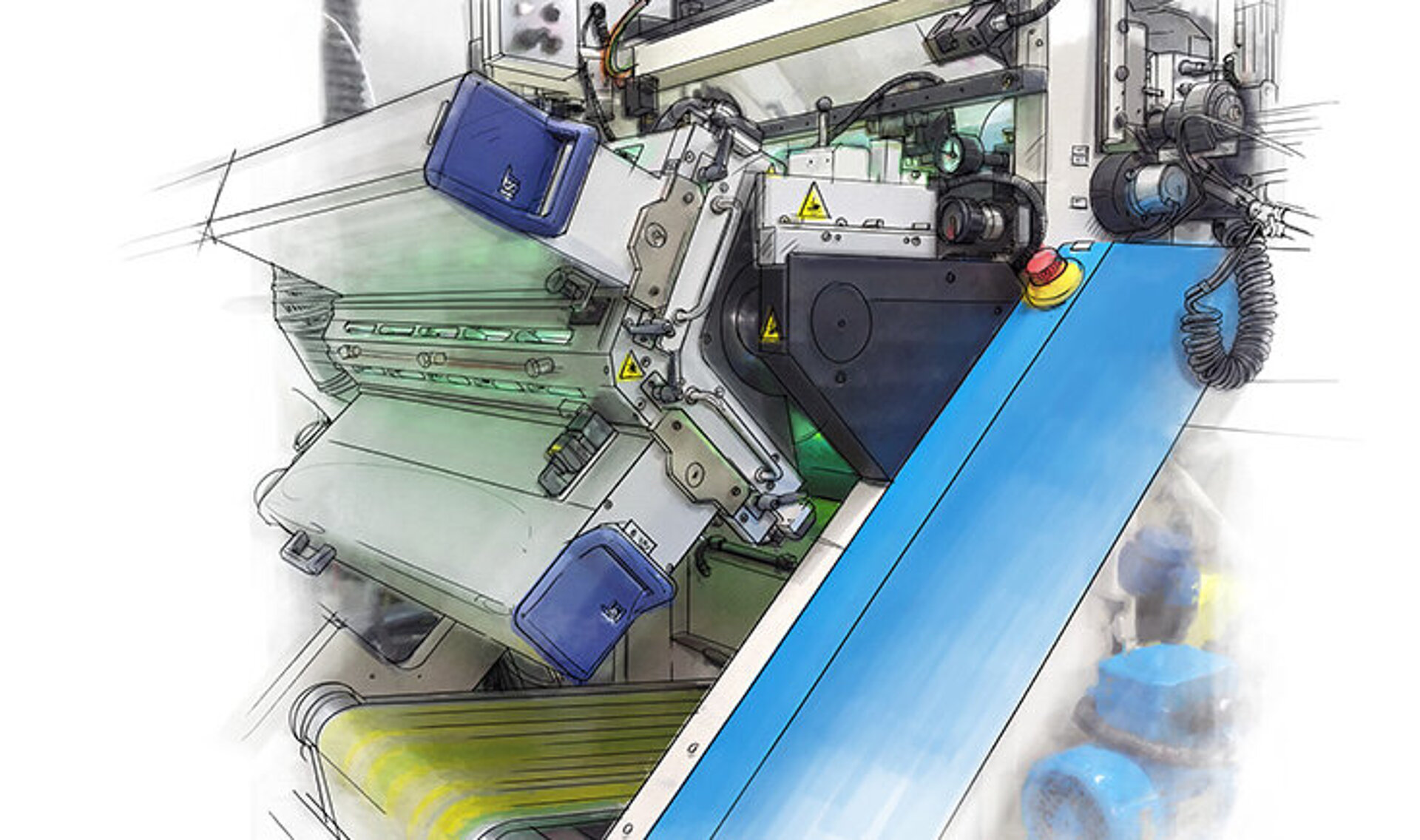
Los envases flexibles son materiales de envasado fabricados con materiales fácilmente deformables, como películas de plástico, láminas de aluminio o papel, y suelen utilizarse para alimentos, bebidas y otros bienes de consumo. El curado UV es ideal para los envases flexibles, ya que permite el secado instantáneo de la tinta sobre diversos materiales, como las películas de plástico, lo que se traduce en un aumento de la productividad y una mejora de la calidad.
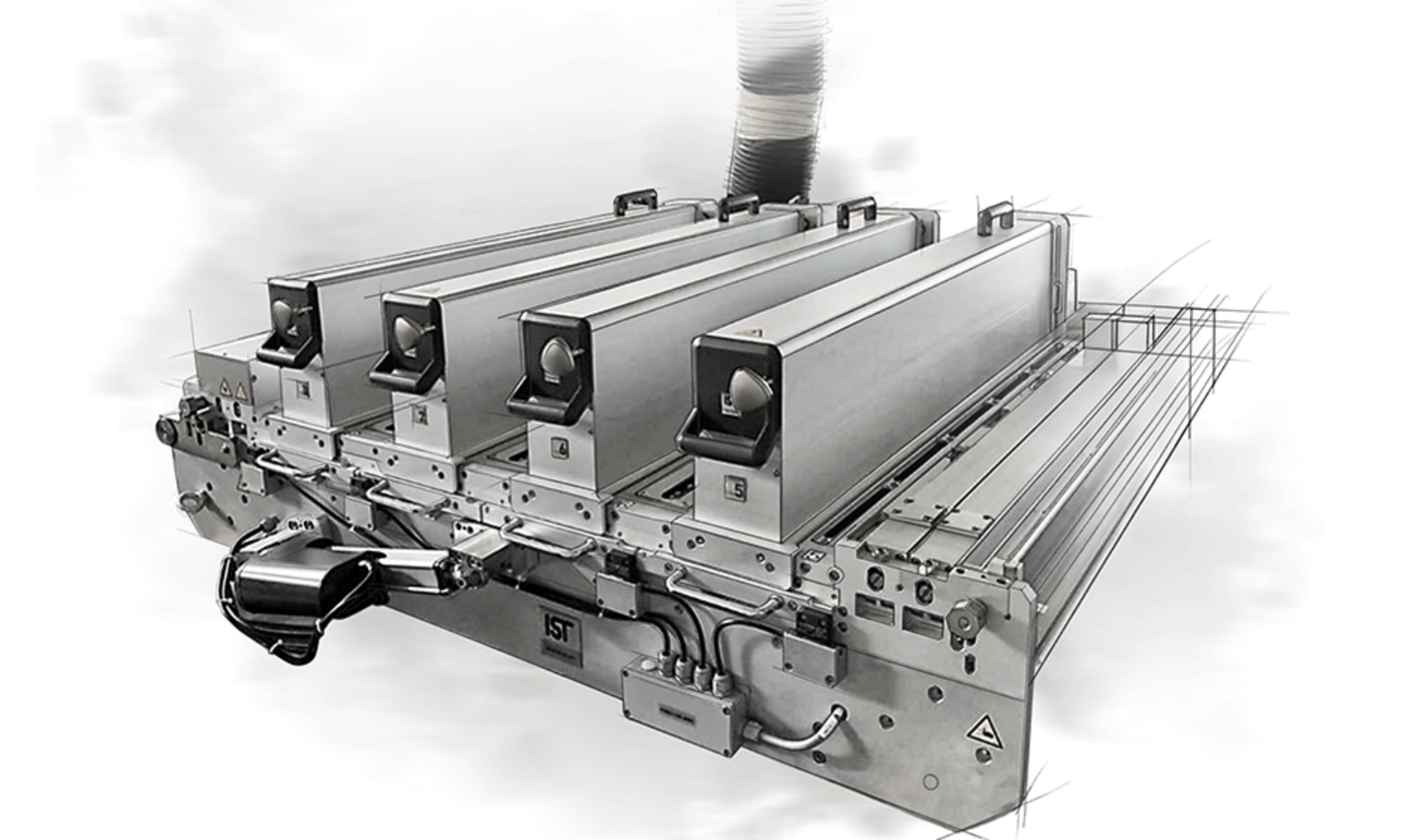
La impresión en huecograbado es un proceso de impresión en el que la tinta se transfiere desde las zonas rebajadas de una plancha de impresión al papel, lo que da como resultado una alta calidad de impresión e intensidad de color. La impresión UV o barnizado UV es un complemento ideal para crear efectos táctiles y visuales.
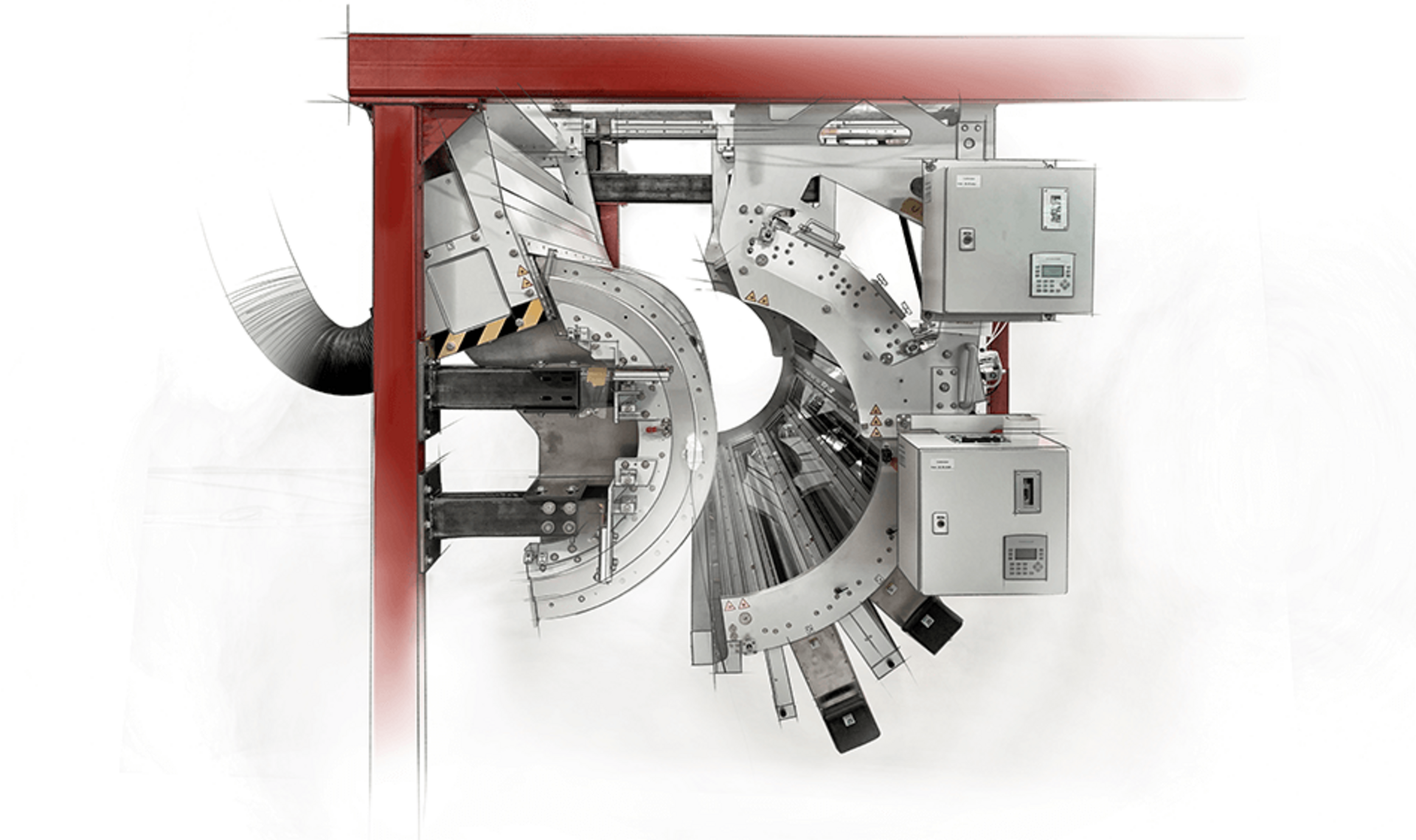
La impresión decorativa se refiere al proceso de imprimir superficies decorativas sobre película o papel para conseguir efectos estéticos. Debido a la gama de colores que se puede conseguir y a la resistencia química y física de las formulaciones UV, la impresión UV es un proceso ideal para ello.
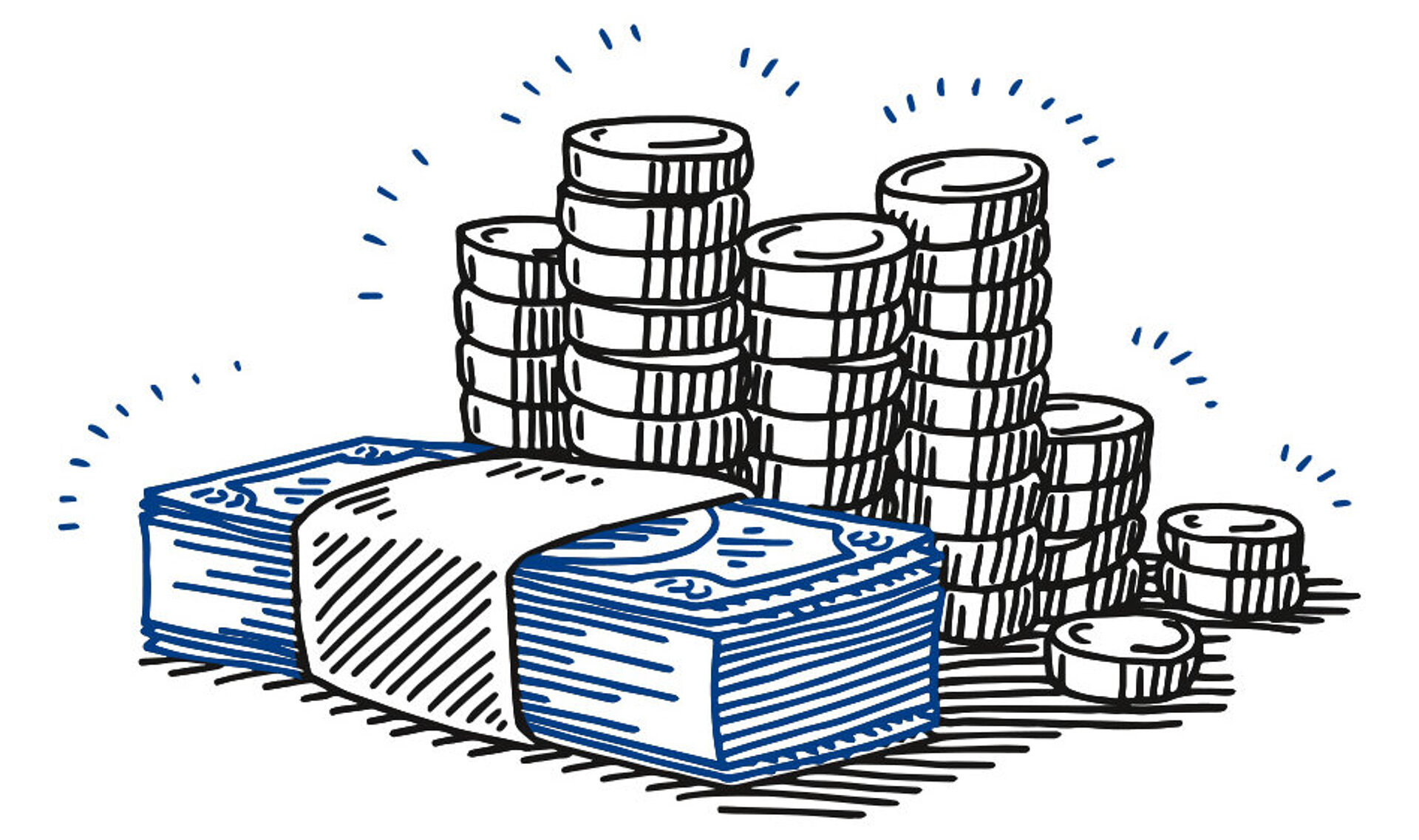
La impresión de seguridad se basa en los factores clave de un proceso complejo, una mezcla especial de materiales de papel, colores y láminas, así como el diseño. Esto requiere una amplia gama de diferentes tecnologías de impresión y acabado UV. Los elementos de seguridad y gran parte de los conocimientos necesarios para imprimir los billetes están sujetos a confidencialidad.
Nuestro profundo conocimiento de las complejas aplicaciones UV nos lleva a nuestra pasión por maximizar la eficacia de cada aplicación mediante la combinación adecuada de tecnologías e ingeniería apropiadas.